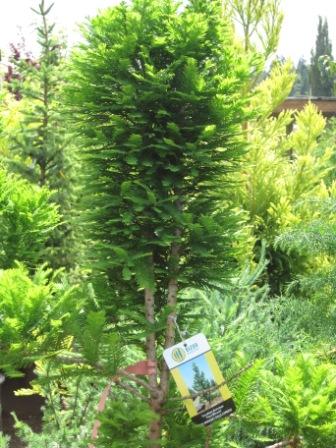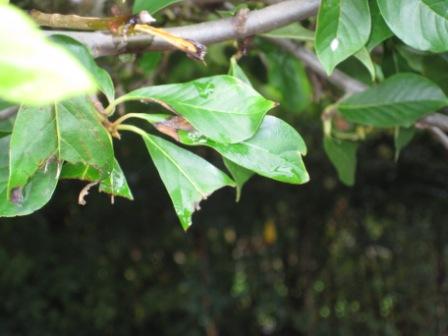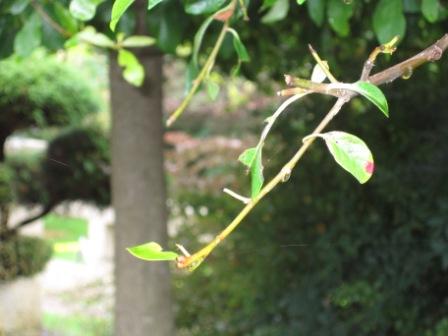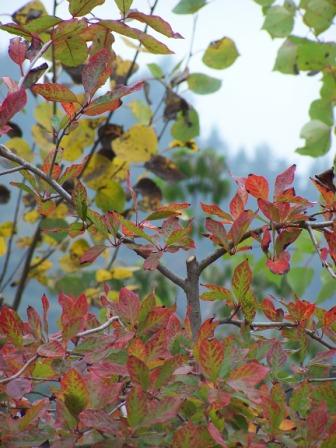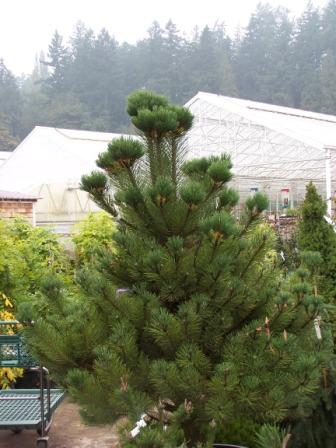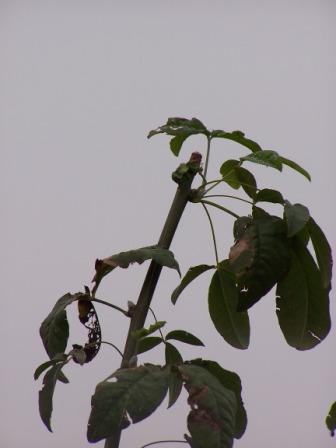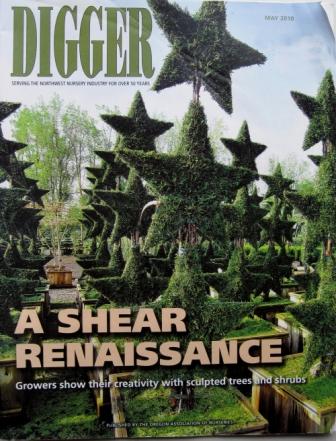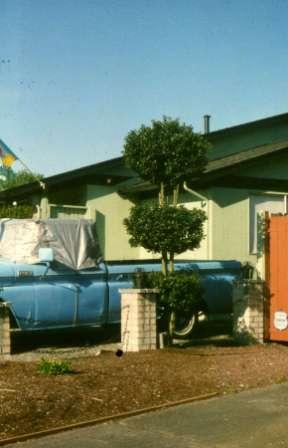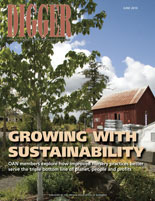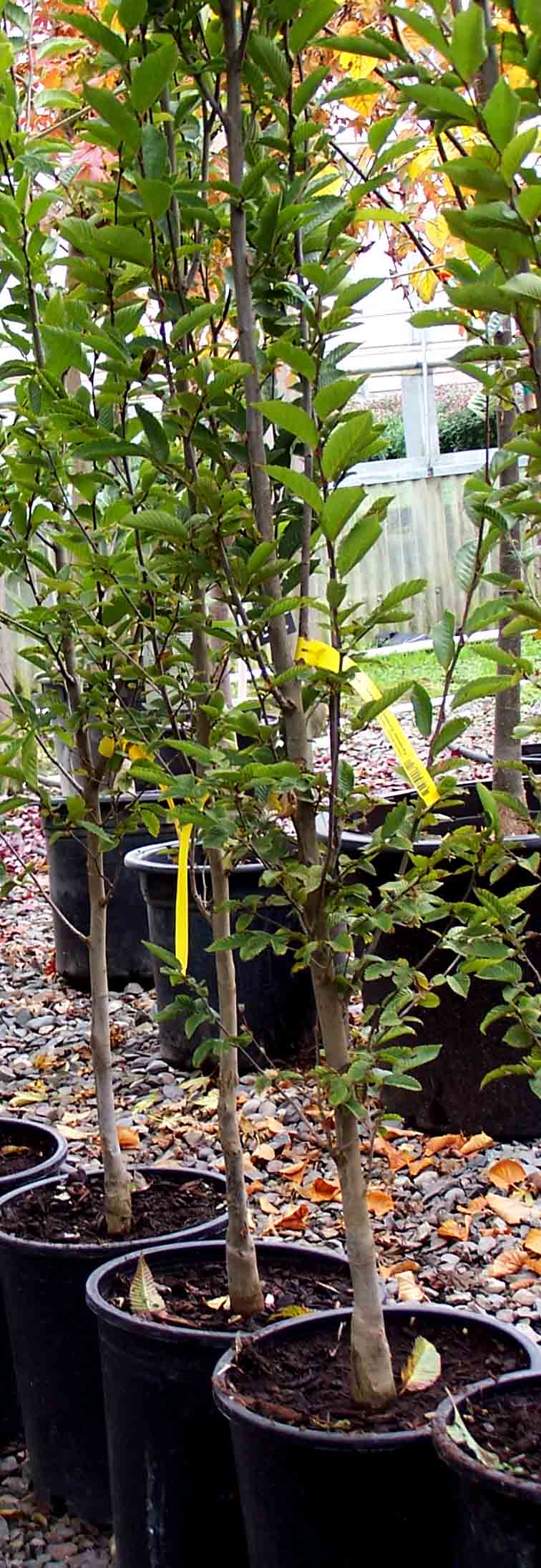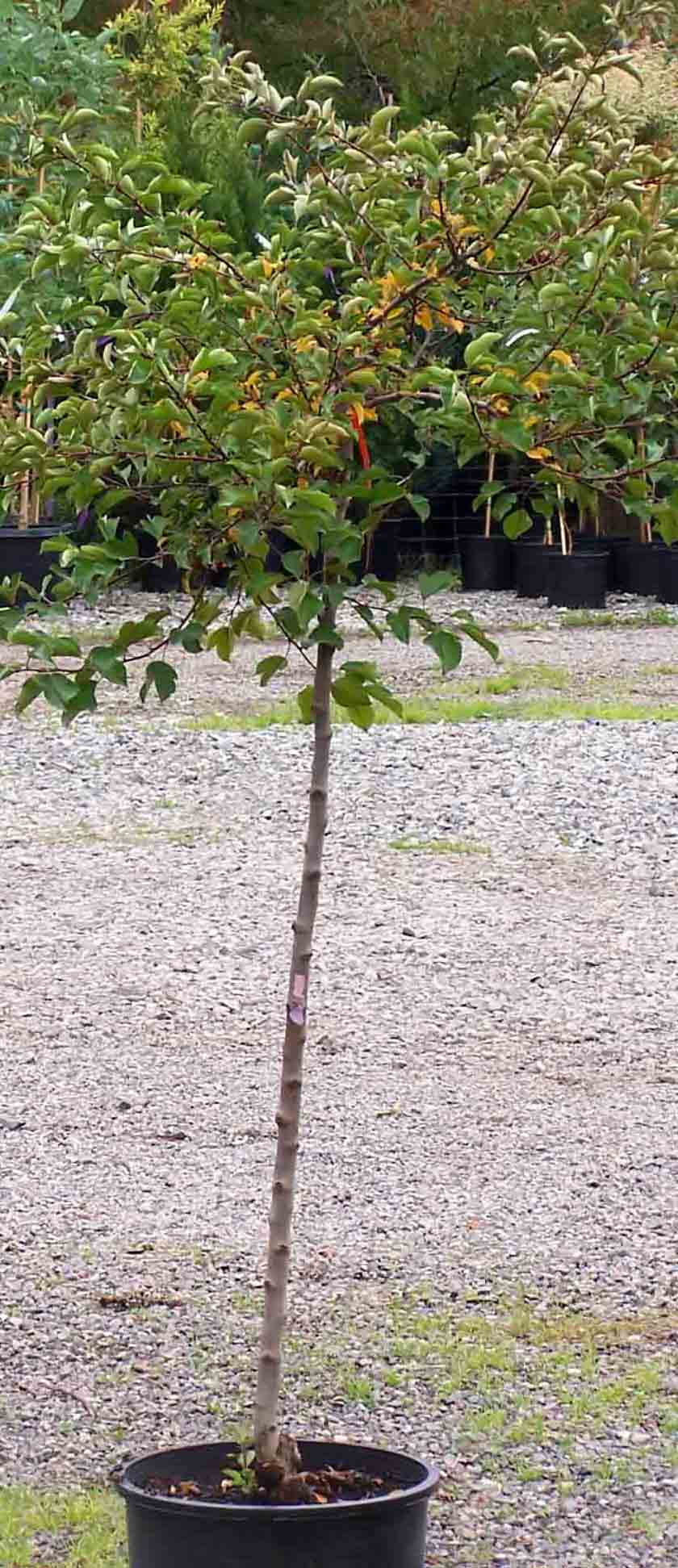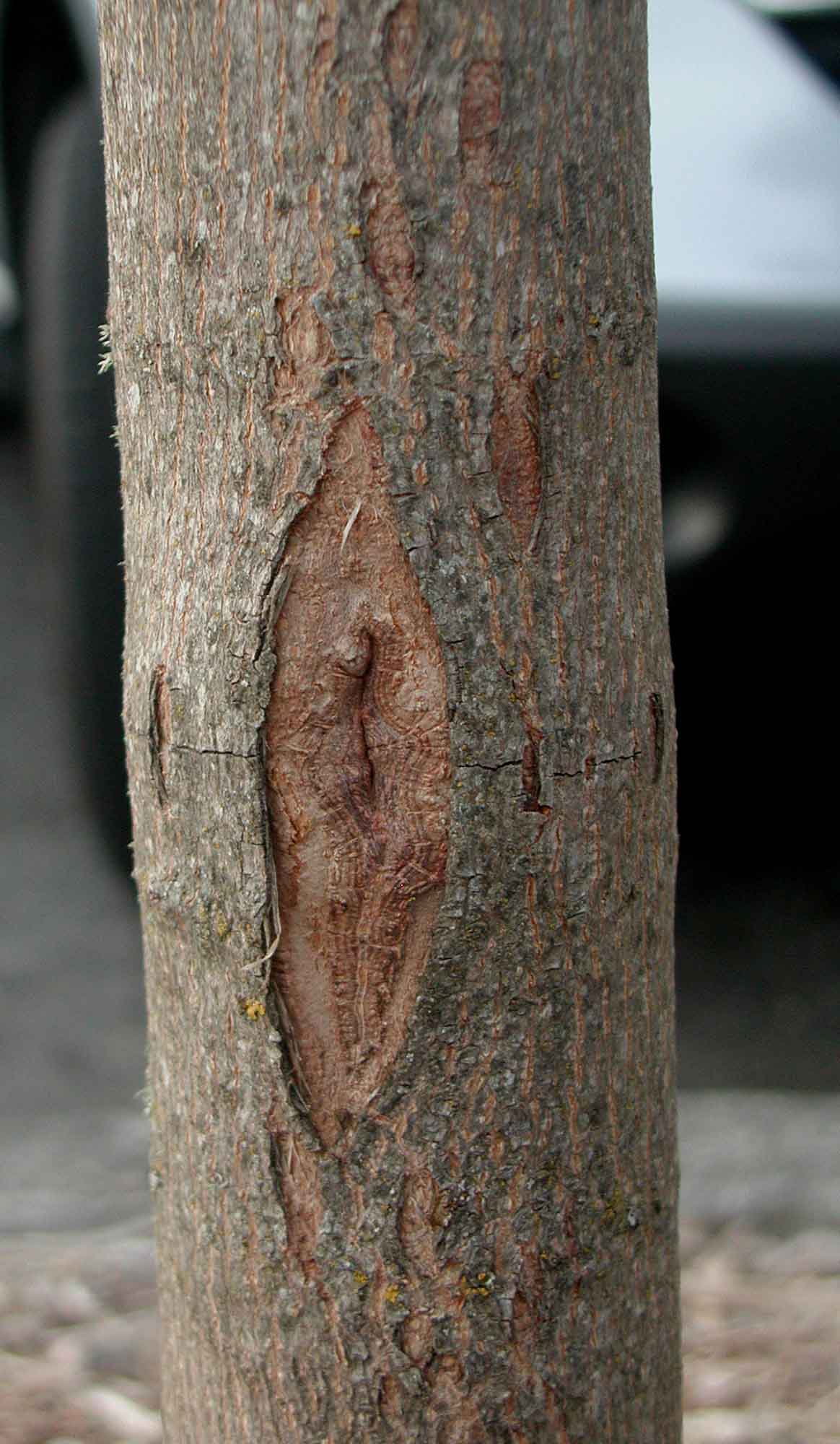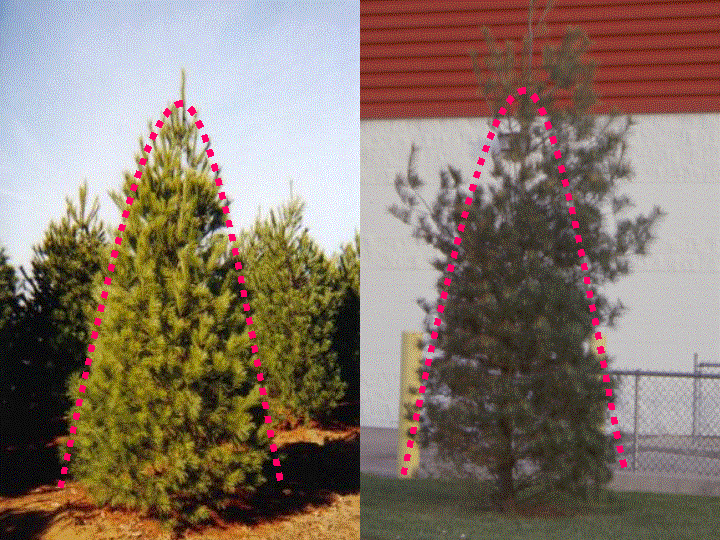One of our semi-recurring themes on the Garden Professor’s is our WOW’s or “Why Oh Why’s”. As in “Why oh why do nurseries continue to sell invasive plants?” Today, I’d like to turn things around a bit and look at a group of people that are often maligned by the public but, in fact, are getting a bad rap and could use a break; utility arborists.

Right tree, right place?
Utility arborists face a nearly impossible and unenviable task. The goal of every electrical utility is to provide safe, uninterrupted power to their customers. What do their customers do in return? Plant large, fast growing trees under powerlines. This invariably necessitates line-clearance pruning and, in some cases, tree removal. So who takes the wrath of the neighborhood? The oblivious homeowner who planted a row of Norway spruces under the lines? Or the trained professional arborist that does the trimming?

Betcha can’t top this…
Among the arborists with whom I interact, utility arborists are often the best trained and the most professional. They have to be. An amateur pruning around electrical lines suspended 50’ in the air in a bucket lift is virtually guaranteed a Darwin Award nomination. Arborists can’t even win when they try to do the right thing. Many utility forestry programs utilize directional pruning as an alternative to topping or removing trees. When done properly, directional pruning allow trees to coexist with powerlines and enables neighborhoods to continue to benefit from large trees. A survey by Mike Kuhns at Utah State a few years ago, however, found that homeowners actually preferred the look of a topped tree to a tree that had been directionally pruned. Granted, directional pruning isn’t always pretty but it’s vastly preferable to topping or removal.

The utility arborists I know are dedicated and ‘tree people’ in the best sense. If they lived in a perfect world, the right tree would always be planted in the right place. Since it’s not they have to rely on techniques like directional pruning to help ensure safe and uninterrupted power. So give ‘em a break.

